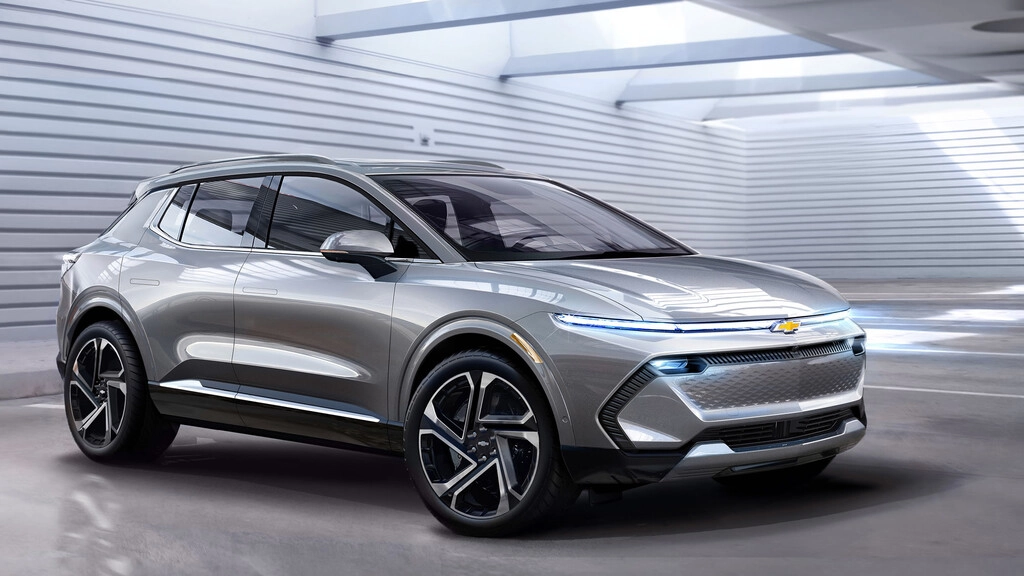2024 is shaping up to be a key chapter for electric mobility in Latin America. As a result, parent companies are already expanding the range of models available in the region.
In this article from Mobility Portal Latinoamérica, we share a list of some of the launches and announcements that would set the course for the automotive sector.
Argentina
Ford, Renault, Peugeot, and Volvo are some of the brands that would be introducing electric vehicles in the country.
In the case of Renault, the automaker recently announced that its range of E-Tech vehicles will arrive in the first quarter of 2024.
They will come in three versions: the Kwid, a city car; the Kangoo, a utility vehicle, and finally, the Megane, the new generation of the well-known model.
All of them will be fully electric and will have ranges between 298 and 450 kilometers per charge, depending on the capacity of each battery.
The Kwid E-Tech is the star model of the range, as with this version, the brand aims to democratize access to more innovative and clean mobility in the region.
Therefore, Renault Store announced the start of reservations with an initial quota of 50 units with a fee of $100,000. However, the price will not be announced until early 2024.
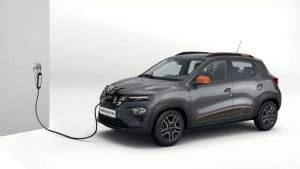
In terms of technical specifications, the Renault Kwid E-Tech is the smallest model, weighing less than 1000 kilograms.
It has a 27 kWh battery with a range of 298 kilometers in urban use that can be charged in a 20-amp household outlet and accelerates from 0 to 50 km/h in 4.1 seconds.
Moving on to the Kangoo E-Tech, this is the new generation of the benchmark utility vehicle and a leader in its segment.
It has an enhanced cargo capacity of up to 4.3 m3 and 800 kg; an efficient 90 kW motor and a range of up to 300 km in WLTP cycle.
Finally, the Megane E-Tech is built on the CMF-EV platform; it has a new motor producing 160 kW/220 hp of power, 300 Nm of torque, and an acceleration from 0 to 100 km/h in 7.4 seconds.
The range is 450 km, and with a fast DC charger, it is possible to charge 100 km in eight minutes.
Continuing with the news, Ford is entering the market with the E-Transit, the 100% electric model of its famous commercial vehicle.
The Ford E-Transit is a zero-emission cargo van with the same cargo space as comparable diesel versions.
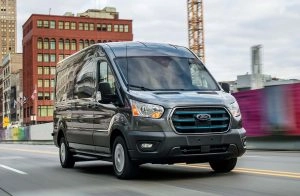
It will come in multiple sizes and also in a chassis version to meet the different needs and types of use of customers.
It is powered by an electric motor that delivers 268 hp and 430 Nm of torque, with three selectable driving modes.
Peugeot also didn’t stay behind and introduced the new generation of the Peugeot 3008, fully electric.
The E-3008 exhibits a modern, elegant, and aerodynamic look.
With a length of 4.54 meters, a width of 1.89 meters, and a height of 1.64 meters, it is one of the most compact in the 100% electric SUV category in the C segment.
The battery is a high-voltage 400 V lithium-ion battery and provides a range of up to 700 kilometers on each full charge, and thanks to a thermal management system that uses circulating coolant, it allows ultra-fast charging in 30 minutes.
Chile
Among the most notable presentations for the coming year are those of Volvo and Byd.
Volvo will do it with the EX30, with pre-sales starting early next year.
Only two powertrains will be offered, differentiated by their battery: the LFP or a long-range NMC (480 kilometers in mixed cycle) and 69 kWh.
Both are powered by an electric motor with 272 hp and 343 Nm of torque.
The construction of this model uses many recycled materials, such as steels (17%) and aluminum (25%).
Continuing with Byd, the automaker is launching an innovative proposal: the new BYD Sea will be inspired by the ocean.
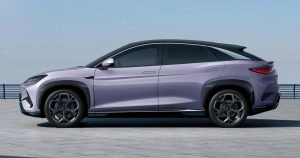
It features two electric motors that together generate 523 horsepower and 670 Nm of torque.
Regarding acceleration, it reaches 100 km/h in 3.8 seconds.
The range is 630 kilometers in the NEDC cycle, or approximately 520 to 560 kilometers in the WLTP cycle.
With a charging system of up to 150 kWh, it can charge 230 kilometers of range in 16 minutes.
Colombia
For 2024, a year of transformation is expected in the Colombian automotive industry with more affordable prices.
In this context, the multinational Chery announced its return to the Colombian market with the Chery eQ7.
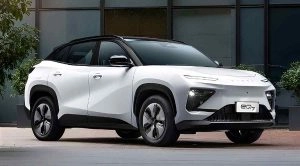
According to the company, this vehicle comes with a 500 km range and a high-tech level. Its differentiator will be its price: $30,000.
It will feature an electric motor with 210 hp of power, an LFP battery with a capacity of 71 kWh, a top speed of 180 km/h, and a fast-charging system in just 30 minutes.
Another noteworthy news is the launch that comes from BYD.
The BYD Dolphin Mini is one of the best-selling cars in China under the name BYD Seagull.
It has two batteries, one of 45 kWh and another of 60.4 kWh, both composed of lithium iron phosphate, which supply power to the front motor.
The 45 kWh battery can be paired with the 95 and 177 hp engines.
In the case of the 60.4 kWh, it is only available with the 204 hp engine and has a certified range of 427 kilometers.
Mexico
In this case, General Motors has planned four launches in the Mexican market.
The already mentioned Chevrolet Blazer EV and Chevrolet Equinox EV are expected, along with the Hummer EV in its SUV and pickup versions, and the Cadillac Escalade IQ, which offers a range of over 700 kilometers.
According to reports, all these models represent a new EV generation that incorporate “Ultium” battery cell technology, which helps reduce charging time.
The new HUMMER EV will arrive in Mexico in two versions: EV3x Pickup and EV3x SUV.
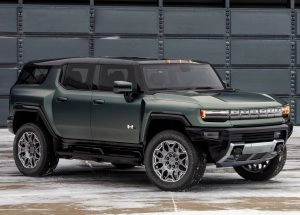
Both feature 3 electric motors which, together with the Ultium battery, will provide an approximate range of 560 and 480 km, respectively.
They are designed to achieve 0 to 100 km/h in about 3 seconds in the pickup version.
As for the Cadillac Escalade IQ, it is estimated to achieve up to 720 kilometers of range with a full charge thanks to its 200 kWh battery.
It will also have bidirectional vehicle-to-home charging capability.
In addition, Chery, the Chinese automaker that landed in the country this year, confirmed that it will bring two of its electric vehicles to Mexico in 2024.
The first one will be the EQ1, a compact urban car measuring 3.2 meters in length, 1.6 meters in width, and 1.5 meters in height, with a wheelbase of 2,150 mm.
In China, the available batteries are 25 kWh for the entry-level, while the largest one is 40.3 kWh. The first one reaches up to 251 km with a full charge, and the second one up to 408 km.
The specific features for the Mexican market are yet to be disclosed.
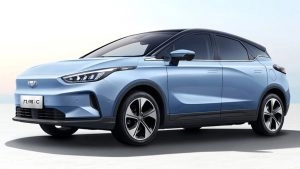
Next up is Geely, this automaker introduced the Geometry C electric vehicle.
It features a front electric motor capable of generating 201 hp and 230 lb-ft, with a 70 kWh battery and an estimated range of 485 km.
It includes a Type 2 charger with 220 V and 7.5 kWh. Furthermore, it is capable of supporting fast charging with an estimated time of 0 to 100% in 45 minutes.
Uruguay
Chevrolet Uruguay unveiled an electromobility strategy with two launches for the middle of next year: the Blazer EV and the Equinox EV.
As it has been reported, the Chevrolet Equinox EV will start at around $30,000, forming part of General Motors’ commitment to releasing more affordable electric cars.
There aren’t many details about its specifications, but it has been confirmed that they will leverage the Ultium platform, with batteries that can be stacked horizontally and vertically, optimizing the required space in each of the vehicles.
On the other hand, under the concept of “democratizing electric mobility,” Volvo is preparing to introduce a new model to the Uruguayan market in mid-2024.
It is the compact SUV EX30, measuring 4.2 meters in length and 1.8 meters in width.
It incorporates all of Volvo’s design values in a compact product.
Not only that, but it has a long wheelbase, large wheels, and equal overhangs, contributing balance and refinement to the exterior.
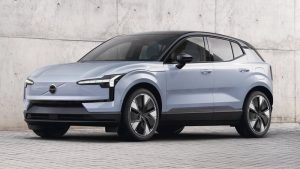
Its charging speed can reach up to 153 kW, depending on the version. This means it can charge its battery from 10% to 80% in just over 25 minutes.
Through the car’s central screen and the app, you can configure the amperage, the maximum charge level, and when you want to start charging.



